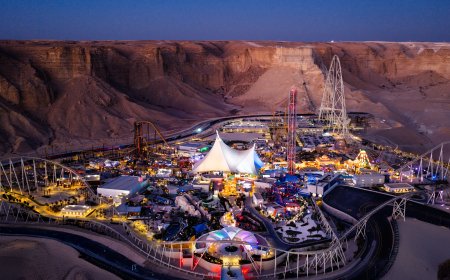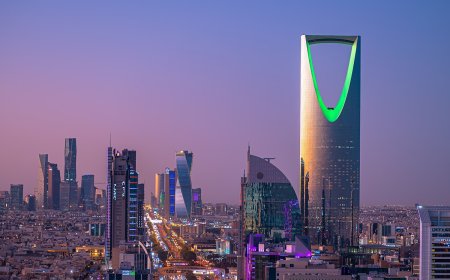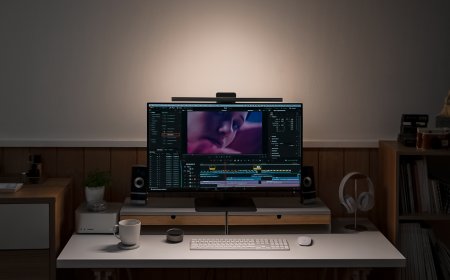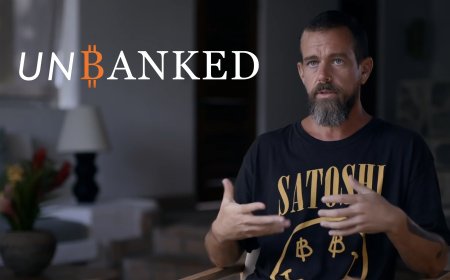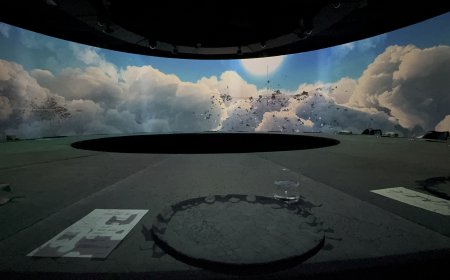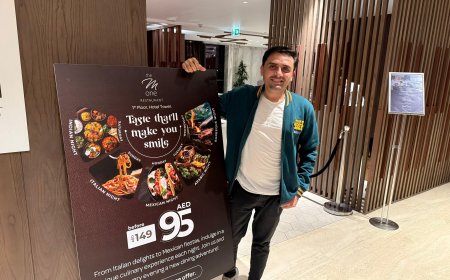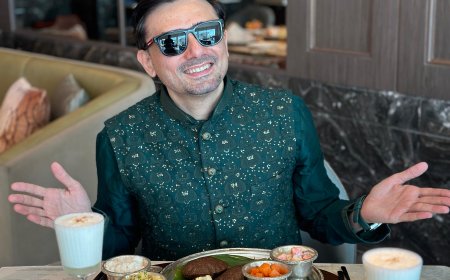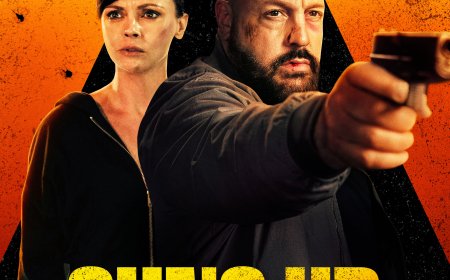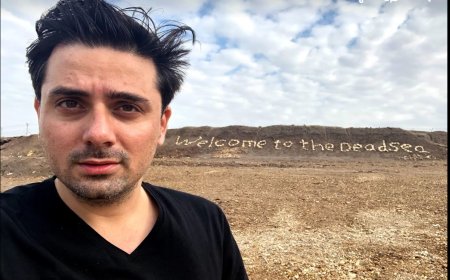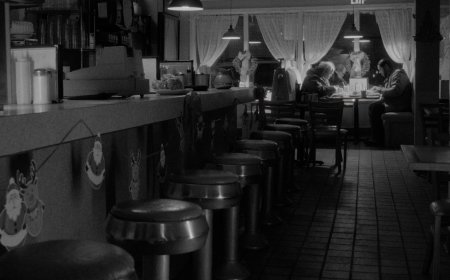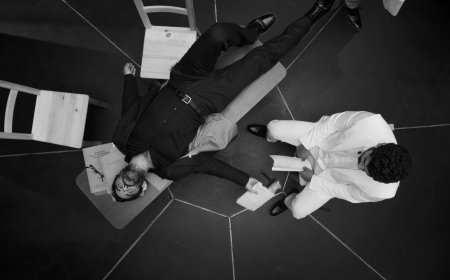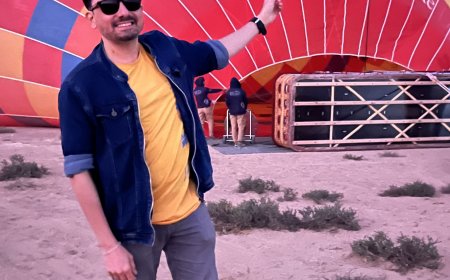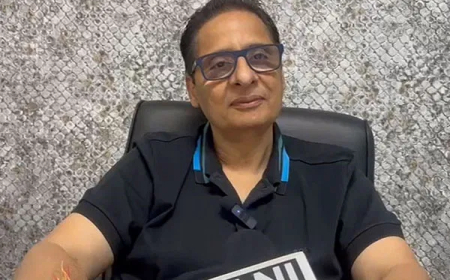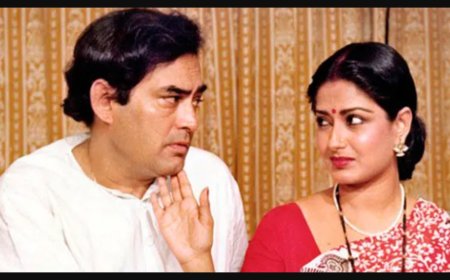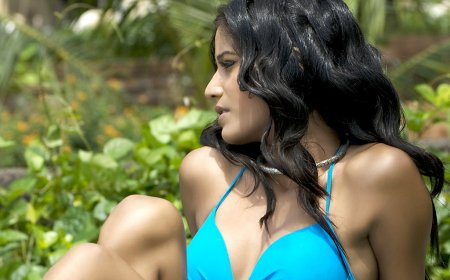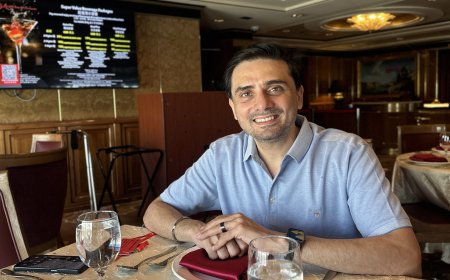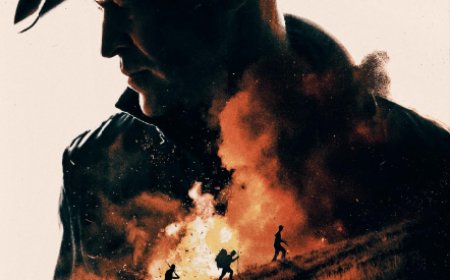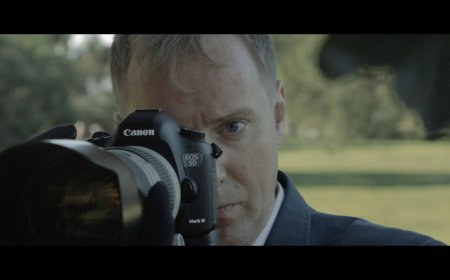A Review of ‘And Still the Seed’: Planting some magic beans for Puerto Rico’s rare trees
A study at attempts to return Puerto Rico to its rich and diverse topography through the resurrection of dying species of native trees.
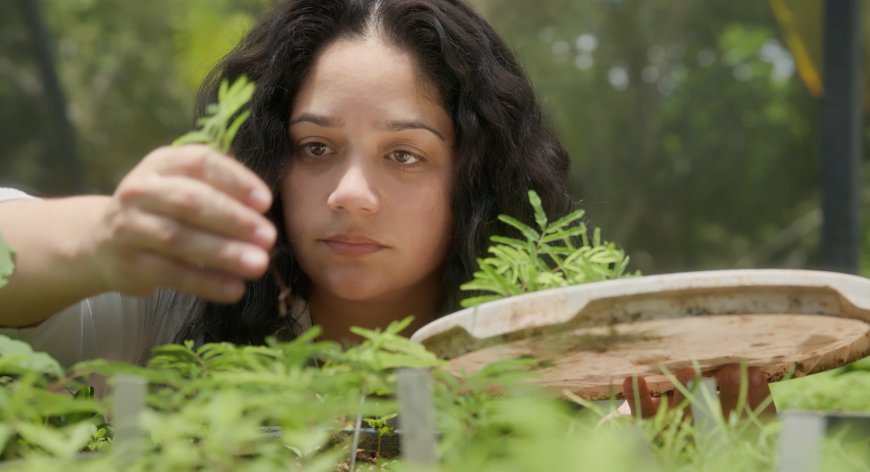
‘And Still the Seed’: Planting some magic beans for Puerto Rico’s rare trees
Cast: Ile (voice), Leidy Vasquez Santos, Gabriella Collazo Caceres
Critic’s Rating: 3 Stars out of 5
Director: Llaima Suwani Sanfiorenzo
Duration: 14 minutes
Genre: Documentary, Short, Environment
Language: Spanish (with English subtitles)
Release: 2024
What’s it about?
A study at attempts to return Puerto Rico to its rich and diverse topography through the resurrection of dying species of native trees.
Review:
At a time in our planet’s existence when reviving eco-systems and regenerating species of animals and plants is paramount, along comes this hopeful documentary short about the rare traditional trees of Puerto Rico. However, while it refreshing to watch a passionate botanist dedicated to her mission of revitalising the island country’s unique greenery, we don’t get to learn much about the various specimens featured in the film. Still, the sumptuous and meticulously shot visuals and the general subject of this celluloid project are sure to sustain the viewer’s attention.
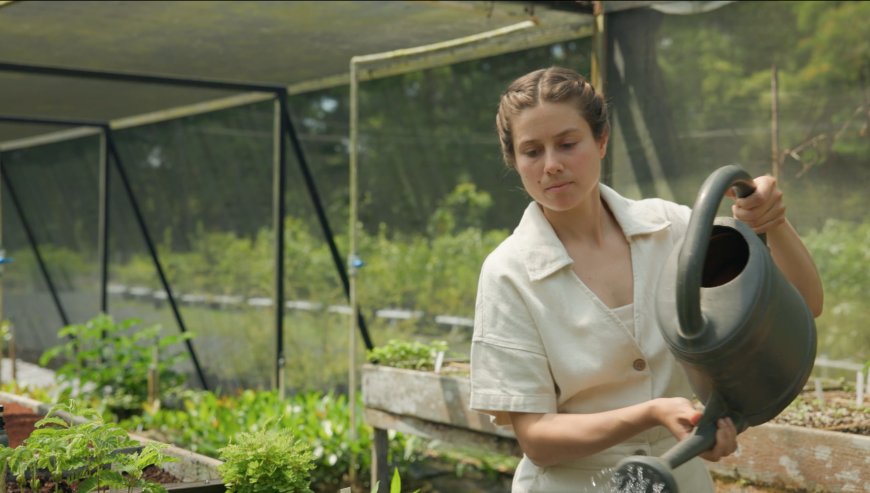
There have not been too many cinematically presented studies of our leafy and fruitful friends, so And Still the Seed is most welcome. The auditory beauty of the Spanish language appropriately compliments the charming images. However, those who are not well-versed in botanical parlance might be unable to register the technical Latin names of the various trees and shrubs on display. Nevertheless, while the nomenclature might be complicated, it imparts the audience with an educative and informative experience – especially since most of these plants are peculiar to their homeland.
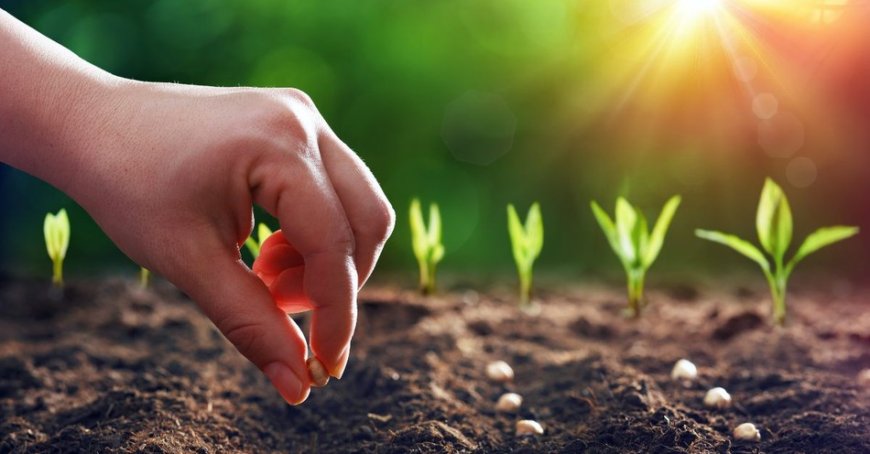
There are captivating images of the film’s human protagonist Leidy nurturing the prize trees - from planting the seeds and hydrating the germinating roots and shoots in a protective environment, to transplanting the saplings to their natural habitat. Candidates for this process include Desert Cassia, Courbaril and Guayacan. (We learn that the last tree was considered sacred by the ancient indigenous Taino people, mainly for its medicinal properties). This documented procedure is interspersed with brief interludes of Puerto Rico’s colonial and industrial history, explaining how the Spanish and Brits plundered the country for roughwood trees like Cedar, Cobano, Elm, Oak and Muskwood.
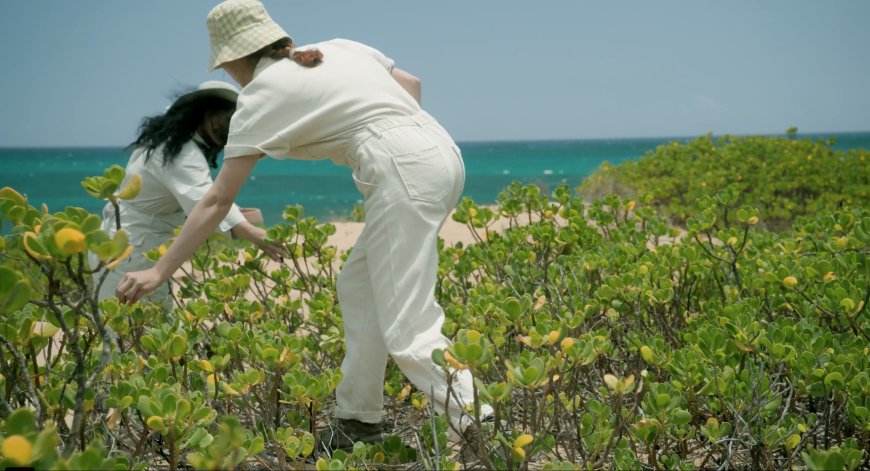
Meanwhile, agricultural land was predominantly used for growing cash crops and sidelining the country’s other wondrous trees in the process. However, while the film introduces us to a slew of endangered growth like the beautiful goetzea, theobroma cacao and the sandbox tree, it fails to elaborate on their distinctive features, their benefits to humans, or their impact on the environment at large. Hence, one is not infused with much sympathy for these imperilled breeds. On the whole however, here is a fairly sincere effort at sensitising people to the plight of a diverse lot of trees and shrubs and how such vanguards as Leidy are aiding them in their survival.

